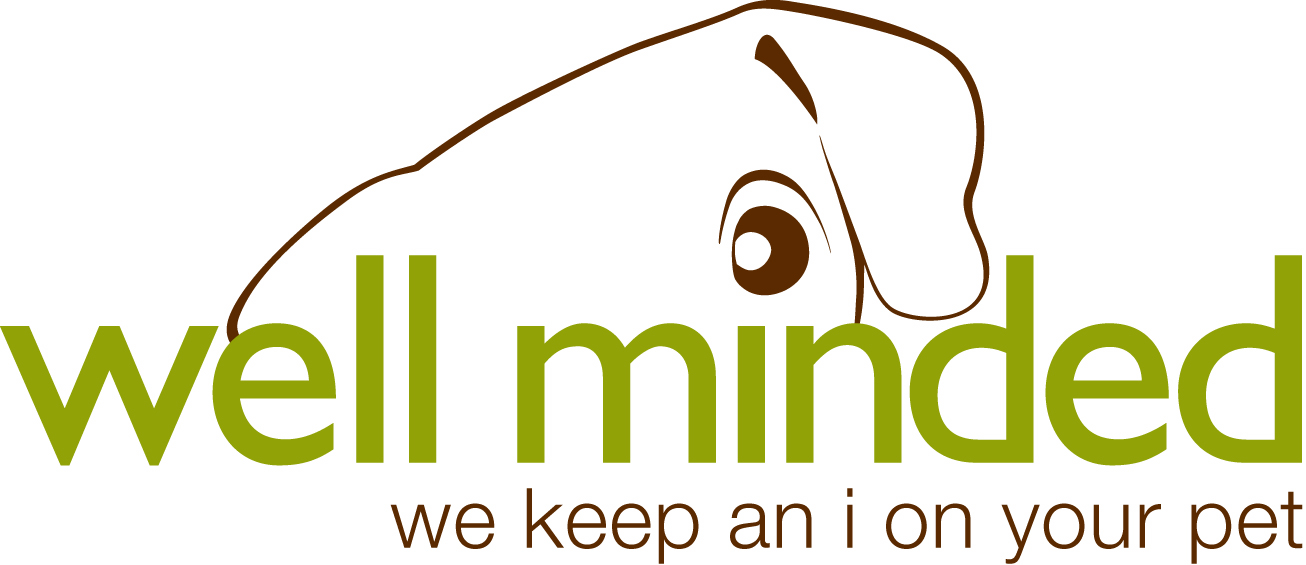I recently earned the business of a new client that I wasn't so sure about at first. The pet parent initially contacted me via text and let me know that she didn't think a consult would be necessary...that I should just show up for the first visit. I politely explained that I require a consultation for all new clients, and she agreed to meet with me.
During our meeting, I very much enjoyed my conversation with her and immediately fell in love with her pooch. About halfway through our consult, she said "wow, this is really impressive. I've never had a pet sitter ask all of these questions before." Perhaps that's why I'm the third pet sitter she's tried in recent months. I hope to be the last. So far so good!
topics i cover during the initial consultation
All those questions...what do I ask about during the initial consultation?
• about the humans: contact information, travel itinerary, emergency contacts, etc.
• all about each pet: health history, medications, personality, behavior, exercise, routine, diet, likes and dislikes, etc.
• vet information and permission to seek care: I ask for the established/preferred vet and ask my clients to sign a release granting me permission to seek veterinary care for their animals while they travel.
• about the home: security, others with access, where cleaning supplies are (for pet accidents), where are pet supplies located, do plants need to be watered, lights rotated, window dressings open/closed?
• the grand tour: I ask that my clients show me around the areas of the home where the pet(s) will have access, and inform them of my policy to do a sweep of that area (I never open closed doors).
• photography/social media release: I ask (and have the client sign a release) if I may take pictures of the pets during my visit and use them in my blog and social media. (For security purposes, I never post any identifying information about the pet or the client.)
• terms and conditions: I ask that my clients review and sign terms and conditions, which protects both of parties, legally.
beyond all the questions
Aside from all of the detailed information I request, the consultation, which usually lasts about 45-60 minutes, is a great opportunity for the family to get to know me, and for me to get to know them. Why is this important?
• I want them to feel comfortable with me. Though this is a business, I am entering their home and caring for their beloved furry family members, which is quite personal. The initial consultation is a great way to start building trust with a new client.
• Before I accept a new client, I want to be sure that I am comfortable in their home and with their pets, as well as with the requirements of the job.
• I can see where things are and what needs to be done and have the opportunity to take notes and ask additional questions based on the client's needs and environment.
• If I have any concerns or questions, they can be addressed before they are traveling and have limited ability to help me.
• The animals get to meet me before I care for them in their humans' absence. It's important to build trust with the pets as well as the humans.
• I get a signature on all forms, protecting both parties.
• I receive a key in a secure way (no leaving it under the mat).
after the initial consultation
After the initial consultation, sometimes I never see the humans again. We keep in close communication via phone, text, and email, and I ask that they update me on any changes with their pets or their home. When they adopt a new pet, I typically ask to drop by and meet the new addition (unless it's a fish or something...fish don't really care who feeds them).
I find that establishing a connection in person is beneficial for both parties. Though I have a professional relationship with my clients, we also have a personal tie due to the intimate nature of my work. Plus, my clients love to see their pets grace my Facebook, Twitter, or Instagram feeds while they are away.
An initial consultation is important for both the pet parents and the pet sitter. Do you have a pet sitter? Did he or she require an initial consultation?
YOU MIGHT ALSO ENJOY
pet sitter travels in unmarked car
the value-added services of a pet sitter
the importance of integrity in professional pet sitting
pet sitting vs. professional pet sitting

















